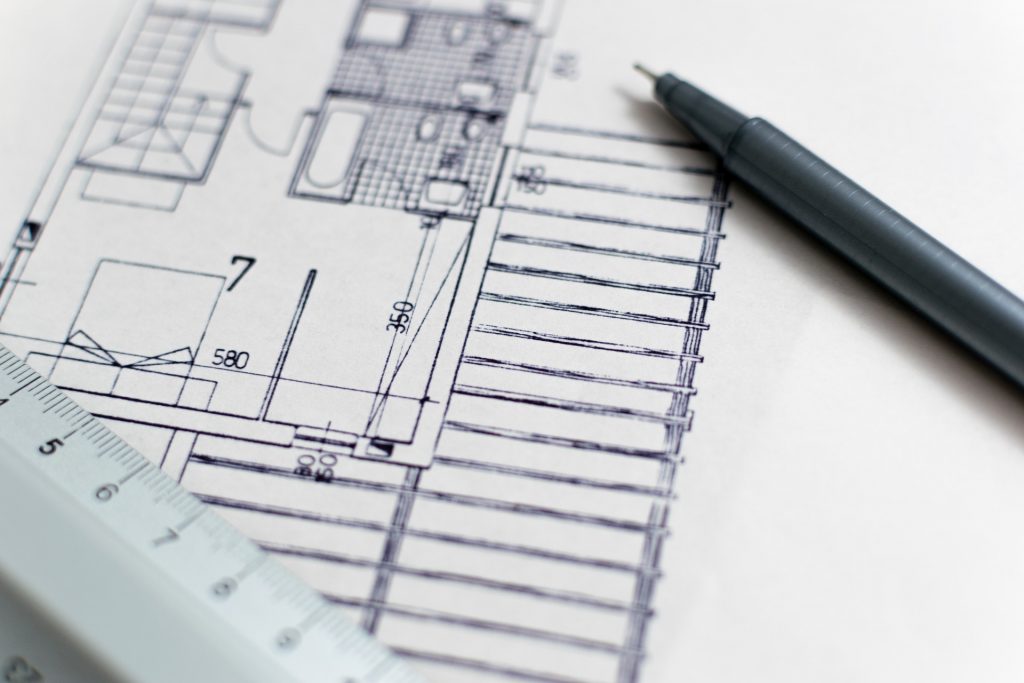Wouldn’t it be Nice to Have the Solution to the Puzzle of Life?
Life can be a bit complicated and difficult to find solutions, but that doesn’t mean it’s not worth the effort. Solving life’s problems is similar to the Rubik’s Cube.
The Rubik’s Cube is one of the most famous puzzles of all time. Invented in 1974 by a Hungarian professor of Architecture, Erno Rubik, the cube was not originally intended to be a game; its original purpose was for science.
The first time he scrambled the cube he thought it would be unsolvable. However, after a month’s time, Erno was finally able to solve the first Rubik’s Cube.

The purpose of the cube was to be able to rearrange the colors of a scrambled cube so that each of the six faces contained only one solid color. This is an extremely difficult feat…
There are over 40,000 ways to arrange the cube!
Rubik’s Cube enthusiasts have developed standard protocols for solving even the most difficult cube permutations. Today, these protocols are followed religiously by competitors in the worldwide Rubik’s cube speed cubing competitions. Most of these allow for solving the cube using less than 100 moves.
Many still struggle to solve their first cube, but the competition for speed cubing remains high, with the current record being 3.13 seconds.

The Rubik’s Cube is a fun and entertaining device that engages the minds of people around the world.
Life is like the Rubik’s Cube in that it is made up of a variety of colorful pieces, some the same, some different. All these pieces can be moved around, but they’re still connected to the bigger story. As we’ve been going through the Bible, we’ve seen examples of some colorful characters trying to figure things out.
Getting one side of a Rubik’s Cube done is pretty simple, but the further into it we get the harder it is. Life is like this as well, some parts of it are easy, some, not so much. Once we’ve figured out the puzzle and continue to do it, it gets easier. But, if you quit doing it for a while, it can be hard to pick it up and start again.
Solving a Rubik’s Cube can be done without help, but it’s easier with some. This help can come in the form of people with experience showing us or it could be written instructions. The same is true in life. We can figure it out on our own, but it’s quicker and easier with help. This is where spiritual mentors, our church families, and the Bible can help. In both the Rubik’s Cube and life, if we don’t accept the help, it’s going to be harder and take longer. And we might never get it right.
Embrace this puzzle called life, seek help and keep working to find its solutions.


















